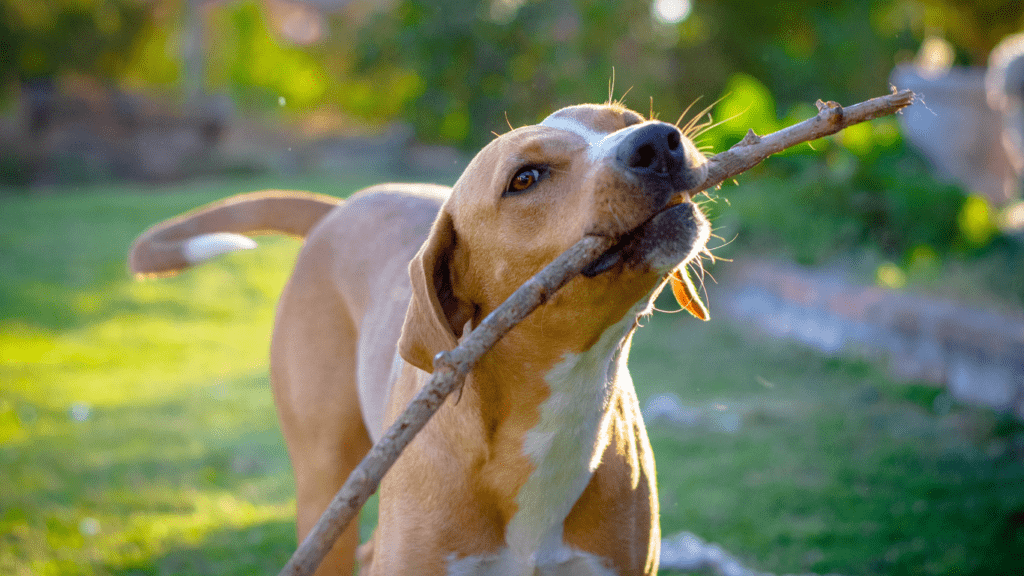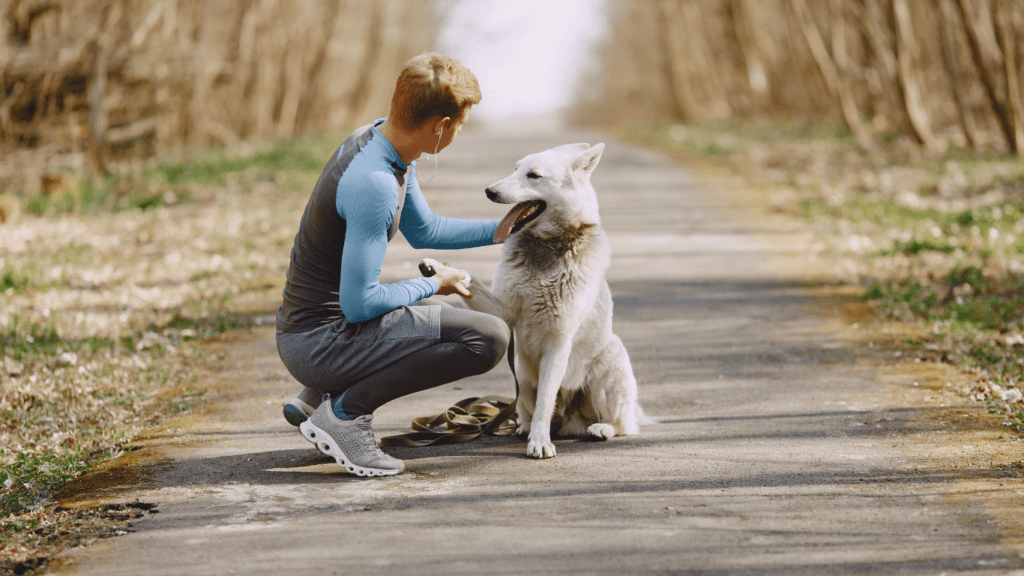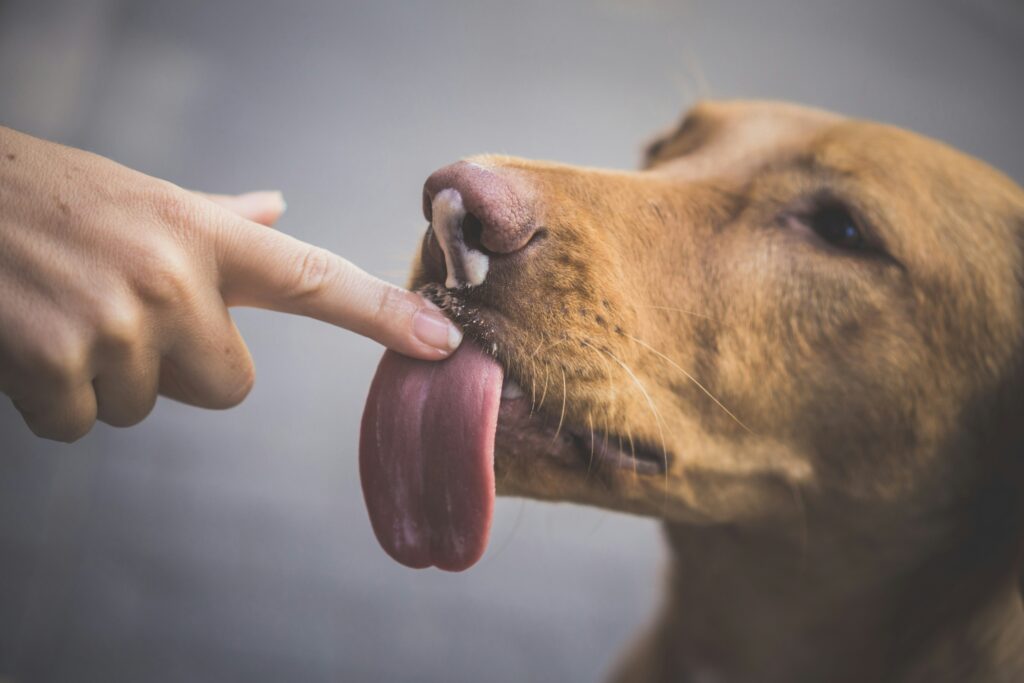Understanding Unwanted Behaviors in Dogs
Dogs exhibit unwanted behaviors for various reasons. Understanding these reasons helps in addressing the root cause effectively.
Common Unwanted Behaviors
- Incessant Barking: Dogs bark for several reasons. They might feel anxious, bored, or alert to perceived threats.
- Chewing on Furniture: This usually happens when dogs teethe, experience boredom, or suffer from separation anxiety.
- Jumping on Guests: Dogs often jump to greet people, seek attention, or express excitement.
Causes of Unwanted Behaviors
- Boredom: Dogs with little physical or mental stimulation display behaviors like chewing or barking.
- Anxiety: Separation or general anxiety leads to destructive behaviors as dogs try to cope.
- Lack of Training: Without proper training, dogs don’t understand which behaviors are unacceptable.
Identifying Triggers
Identify triggers to correct these behaviors effectively. For instance, if a dog barks at passing cars, the trigger is external stimuli. Note the time, place, and context to find patterns.
Role of Breed and Age
Breed and age affect behavior patterns. For example, puppies chew because they’re teething, while certain breeds are naturally more vocal. Understanding these factors helps tailor corrective strategies.
Health Issues
Health issues sometimes manifest as behavioral changes. If a dog suddenly displays unwanted behaviors, a veterinary check-up is essential to rule out medical conditions.
By comprehensively understanding why dogs exhibit unwanted behaviors, effective corrective measures can be implemented.
Common Unwanted Behaviors

In this section, I’ll cover prevalent unwanted behaviors in dogs and offer insights on addressing them.
Barking
Excessive barking often frustrates both dog owners and neighbors. Dogs bark due to boredom, anxiety, or attention-seeking behavior. If a dog barks when left alone, it may suffer from separation anxiety. Providing mental stimulation through puzzle toys and regular exercise can help. If a dog barks at strangers or other dogs, consistent training with positive reinforcement reduces this behavior.
Chewing
Chewing is a natural behavior but becomes problematic when dogs target furniture, shoes, or personal items. Puppies chew to alleviate teething discomfort, while adult dogs might chew out of boredom or anxiety. Supplying appropriate chew toys and keeping valuable items out of reach helps. Training dogs to understand what they can and cannot chew also proves effective.
Jumping
Dogs often jump on people to greet them, which some might find annoying or even intimidating. Dogs jump because they seek attention or are overly excited. Teach dogs to sit or stay when greeting people. Rewarding dogs for calm behavior with treats or affection encourages them to remain composed.
Aggression
Aggression poses serious risks and requires immediate attention. Dogs might display aggression due to fear, territorial behavior, or a lack of socialization. Identifying triggers and consulting a veterinary behaviorist or professional trainer is crucial. Proper socialization from a young age and positive reinforcement training significantly mitigate aggressive tendencies.
Causes of Unwanted Behaviors
Understanding the causes of unwanted behaviors is crucial for effective correction. Identifying these roots helps me address the core issues and provide a better environment for my dog.
Lack of Training
Training offers structure and teaches dogs acceptable behavior. Without it, dogs often don’t understand boundaries, leading to issues like excessive barking and jumping. Training sessions focused on basic commands, socialization, and obedience help in molding a dog’s behavior.
Boredom
Boredom contributes significantly to destructive behaviors like chewing and digging. Dogs require mental and physical stimulation to stay engaged. Activities like puzzle toys, regular walks, and playtime sessions keep a dog’s mind active, reducing tendencies for unwanted actions.
Anxiety
Anxiety manifests in behaviors such as excessive barking, chewing, and aggression. Triggers include loud noises, separation, or new environments. Creating a calm, secure space and using items like calming sprays or anxiety wraps can help alleviate these stress-induced behaviors. Professional guidance might be necessary for severe cases.
Techniques to Correct Unwanted Behaviors
Correcting unwanted behaviors in dogs requires a combination of techniques, focusing on understanding and addressing the root causes while using effective training methods.
Positive Reinforcement
Positive reinforcement involves rewarding a dog for good behavior to encourage its repetition. This method includes giving treats, verbal praise (“good job”), or extra playtime as rewards for desired actions. For example, if a dog sits on command, providing a treat immediately reinforces that sitting leads to positive outcomes. According to the American Kennel Club, consistent rewarding for appropriate behavior strengthens the dog-owner bond and helps the dog understand what is expected.
Consistency
Consistency ensures that a dog clearly understands the rules. This involves using the same commands (“sit,” “stay”) and enforcing the same rules across all family members and situations. For instance, if jumping on furniture is not allowed, everyone in the household must enforce this rule every time the dog attempts it. Lack of consistency can confuse the dog and delay the training process, as mixed signals do not clearly define acceptable behavior.
Redirecting Behavior
Redirecting behavior focuses on guiding a dog away from unwanted actions towards acceptable alternatives. If a dog is chewing on furniture, providing an appropriate chew toy can redirect this behavior. Another example is when a dog barks excessively, using a command or distraction, like a favorite toy, can shift the focus. Redirecting helps the dog learn what is acceptable behavior without feeling punished, making it more likely they’ll adopt the new behavior.
Tools and Resources
Various tools and resources can aid in correcting unwanted behaviors in dogs. Incorporating these into your training regimen can enhance effectiveness.
Training Aids
Using the right training aids improves the ability to address specific behaviors. Here are a few reliable options:
- Clicker: A clicker reinforces positive behavior. For instance, click when your dog sits, then immediately offer a treat. It helps your dog associate the click with a reward.
- Treats: High-value treats motivate dogs. Use them for successful attempts to encourage repetition.
- Leashes and Collars: Proper leashes and collars aid in controlling your dog. For example, a no-pull harness discourages pulling during walks.
- Interactive Toys: Toys like puzzle feeders provide mental stimulation. They reduce boredom which is often a cause of unwanted behavior.
- Training Pads: Useful for house training puppies. They provide a designated spot for eliminating indoors.
- Trainers: Certified dog trainers offer personalized guidance. They provide tailored programs for issues like barking and jumping.
- Behaviorists: Veterinary behaviorists address underlying medical and psychological issues. They help with more serious problems like aggression.
- Classes: Group training classes offer socialization and structured learning. They help dogs learn to behave among peers.
- Veterinarians: Always consult a vet if you suspect a health issue contributing to behavior problems. They can rule out or treat medical conditions impacting behavior.
Preventing Future Unwanted Behaviors
Preventing unwanted behaviors in dogs involves proactive strategies and consistent efforts. Here are some essential subtopics to consider:
Establishing Routines
Dogs thrive on structure and predictability. Establish regular routines for feeding, walking, and playtime to create a stable environment. Consistent daily schedules help dogs know what to expect, reducing anxiety-related behaviors like barking or chewing. Ensure that walks and play sessions occur around the same time each day. Regular feeding schedules also promote better digestion and prevent begging.
Socialization
Exposure to different environments, people, and other animals is crucial. Early and ongoing socialization reduces fear and anxiety, which often lead to unwanted behaviors such as aggression or excessive barking. Introduce the dog to new experiences gradually and positively. Arrange playdates with other dogs, visit dog-friendly parks, and expose the dog to various sounds and sights. If the dog shows signs of fear or aggression, seek advice from a certified trainer to guide the process.


 Lead Pet Behavior Specialist
Brian Camacho is an expert in pet behavior and training at Pet Paw Shack. With a deep understanding of animal psychology, he specializes in helping pets and their owners build strong, healthy relationships through positive reinforcement techniques. Brian’s innovative approach to training focuses on making behavior modification a fun and rewarding experience for both pets and their families.
Lead Pet Behavior Specialist
Brian Camacho is an expert in pet behavior and training at Pet Paw Shack. With a deep understanding of animal psychology, he specializes in helping pets and their owners build strong, healthy relationships through positive reinforcement techniques. Brian’s innovative approach to training focuses on making behavior modification a fun and rewarding experience for both pets and their families.
